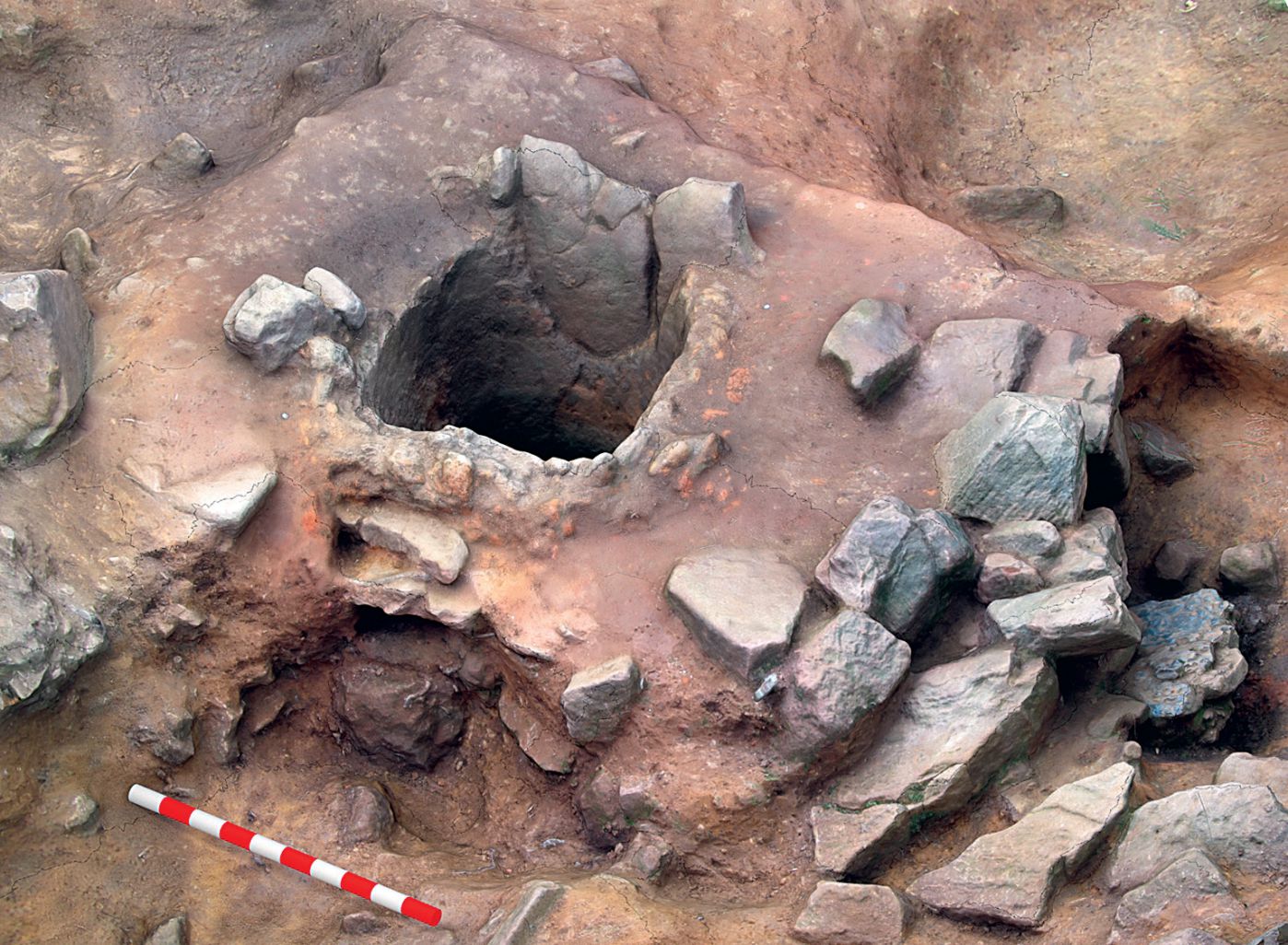The haizeola and the origins of the ‘Catalan method’
The medieval iron metallurgy culture in the Pyrenees
DOI:
https://doi.org/10.35686/AR.2018.22Abstract
Recent research shows that furnaces characteristically used in the ‘Catalan method’, a direct system of obtaining iron, are much older than they were thought to be. Archaeological evidence obtained in recent years indicates that the same model of furnace, although with smaller dimensions, was part of the ironmaking culture of the pre-water-powered phase, when work was done by manpower. This phase has been dated to between the 9th and 14th centuries and relates to installations known as haizeolas. They have been recognized in the Basque territories of Biscay, Gipuzkoa and Alava, in a geographical area on the western edge of the Pyrenees.
Downloads












